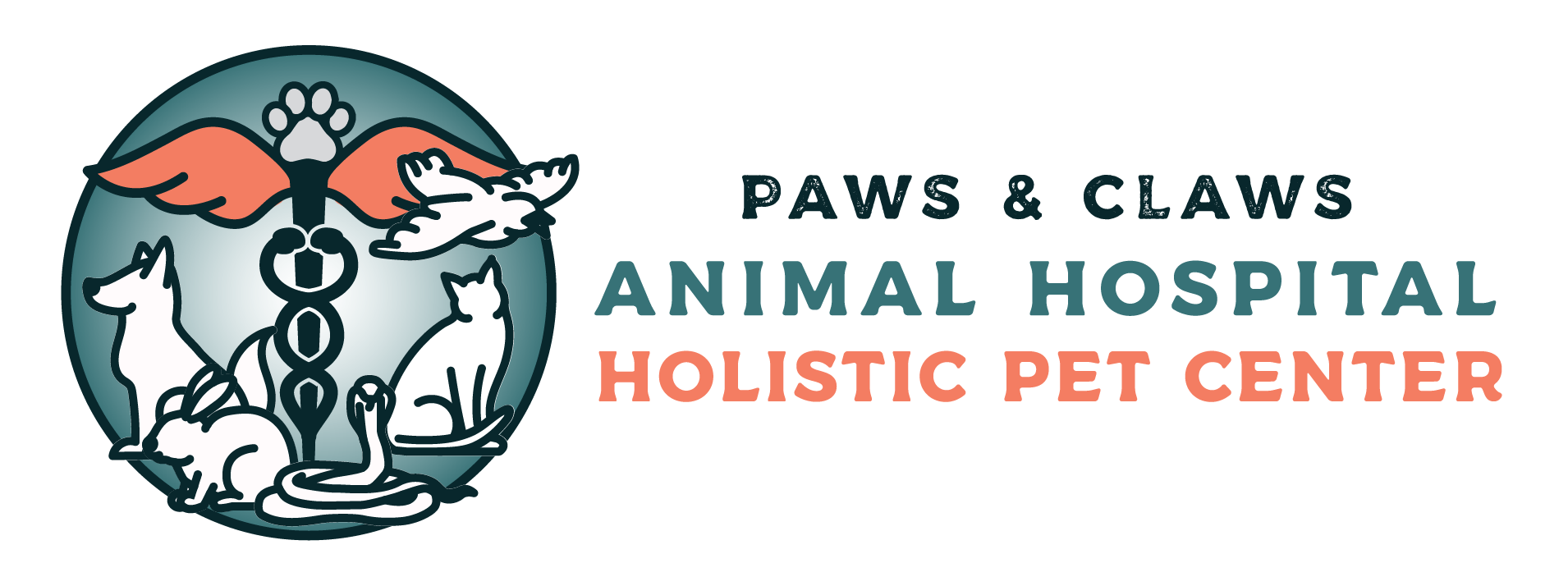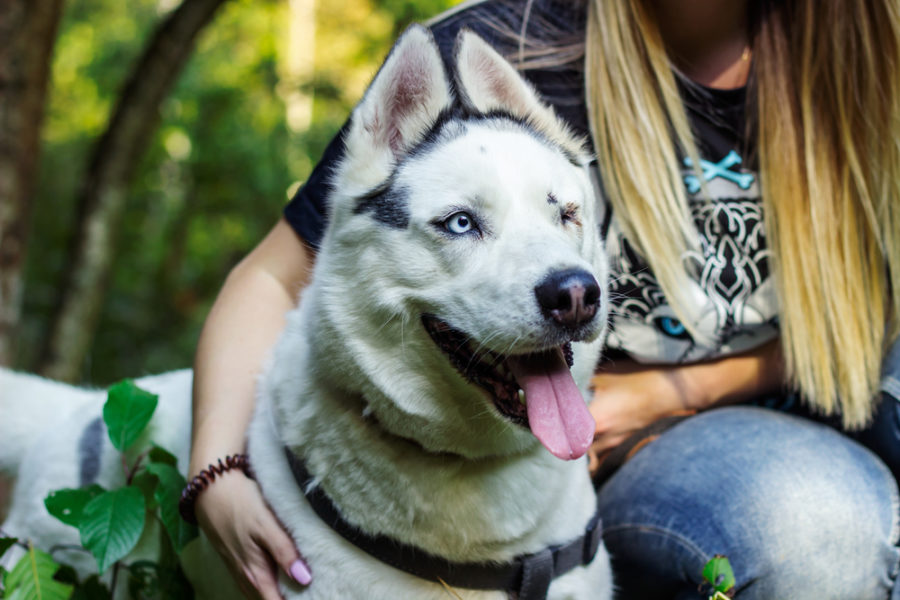Theo was making lunch for her family when she heard her dog crying in panic from the backyard. She dropped everything and dashed out to find that Teddy had caught his eyelid on a piece of wire sticking out of her fence. He’d torn the lid in an attempt to get free, necessitating an emergency trip to the veterinarian. Luckily, the wire hadn’t injured the actual eye, so Teddy’s vision remained intact, but he had to have stitches in the lid. Injury or trauma to one or both eyes is common in dogs. While many people are familiar with cataracts and glaucoma, medical conditions such as these occur less often than injuries involving the eyes or surrounding (periocular) tissues. This article will discuss some of the eye injuries veterinarians most frequently see in small animal practice.
Corneal Ulcers or Punctures
Ulcers, erosions, and even puncture wounds to the cornea are often seen in dogs. Erosions are, by definition, a mild abrasive injury of the superficial layer of the cornea (the clear part of the eye), whereas ulcers involve both the superficial and deeper layers of the cornea. Severe ulcers can actually result in a perforation or puncture of the cornea. Erosions and ulcers usually result from something burning the cornea (shampoo or dip) or abrading it (dust, tumor on the eyelid, eyelashes, or facial hair rubbing the cornea). Puncture wounds typically result from an injury from another dog’s (or cat’s) claw during a fight.
Signs of corneal disorders resemble those seen in many eye diseases and include weeping from the eye (excess tearing) and redness of the sclera (the white part of the eye). Other signs can include cloudiness of the cornea (giving the eye a gray appearance) and pain (often manifesting as the pet rubbing the eye or keeping the lid partially or fully closed).
Lid Lacerations
As in Teddy’s case, cuts (lacerations) of the lids (and sometimes third eyelids) can occur. Most frequently, these lacerations result from trauma, usually fights with another animal. The laceration can be partial thickness (involving the superficial structures of the lid) or full-thickness (where the laceration goes through all the layers of the lid). Treatment of eyelid lacerations involves surgical correction (suturing) of the torn edges of the lid, under full anesthesia.
Eyelid Tumors
Fortunately, most of these are benign lesions, including glandular cysts and papillomas (warts). But cancerous tumors, such as melanomas and squamous cell carcinomas, also sometimes occur. Injuries to the tumor can result from the dog constantly rubbing or scratching it; some of these lesions, especially the larger ones, can grow and irritate the dog (and sometimes the cornea of the eye as well).
In most cases, eyelid tumors require surgical correction under full anesthesia. This can be done with laser or electrosurgery or removal of the tumor and lid for larger or deeper growths. Suspicious lesions should always be biopsied. Dogs with biopsy-confirmed tumors can be treated conventionally (with chemotherapy if needed) or with natural therapies to reduce recurrence and support the immune system. Herbs I commonly use include astragalus, green tea, Gotu kola, ginseng (Healthy Qi formula), scute, cordyceps, Poria, American ginseng, and coix (CI support formula).
Natural Therapies
In general, most eye injuries need to be treated conventionally, either with surgery or antibiotic/antifungal/corticosteroid drops or ointment. However, some natural therapies may be useful for eye trauma.
- For any eye injury necessitating surgical therapy, the postoperative use of arnica or hypericum helps reduce bruising, swelling, and pain.
- If topical medication is required, properly prepared herbal eye drops utilizing any of the following herbs may help control infection or inflammation: Emblica Officinalis, Cinnamomum camphora, Rosa damascene, wild rose, yarrow, and fennel.
- Homeopathic eye drops containing Cochlearia officinalis, Echinacea, Euphrasia Officinalis, and pilocarpus may also be useful for dogs with eye trauma.
While conventional therapies are often necessary for severe injuries, herbal and homeopathic medicines may also be effective and can be tried as the sole therapy or in conjunction with many allopathic treatments. Since many eye injuries are true emergencies, however, I encourage you not to try home remedies until a proper diagnosis and treatment plan has been devised by your veterinarian.

